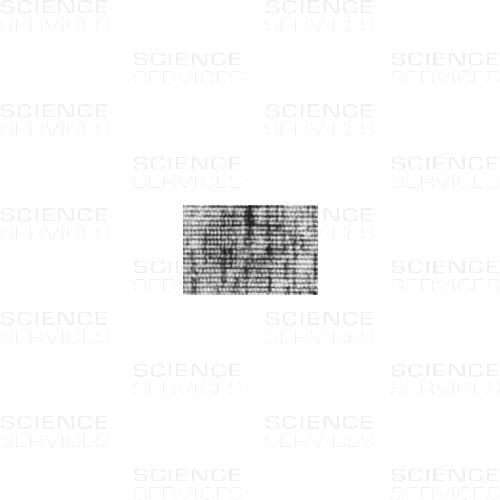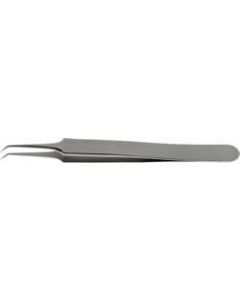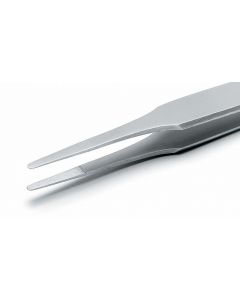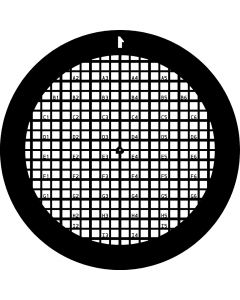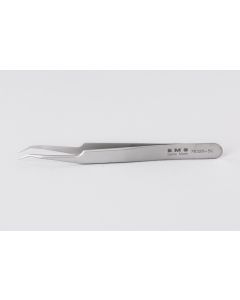Catalase Crystals on TEM Grid
P80014
Product Details
Description
Catalase Crystal Diffraction Standard
High Dispersion (Low Angle) Diffraction Calibration by Catalase Crystals
General Instruction
Diffraction pattern ring diameter can be simply related to the lattice plane spacings in the crystal used as the specimen.
For a lattice spacing d, in a microscope of effective camera length L and operating at an accelerating voltage corresponding to a wavelength l , the diffraction ring diameter is r where l L = dr
It is not easy to measure the actual value of L or know the precise value of accelerating voltage. However, without knowing the exact values of l and L, one can determine unknown lattice spacing by measurement of r, if the instrument has first been calibrated with a known substance.
This can best be done by using a polycrystalline material of known lattice spacings, so that continuous diffraction rings are available for measurement. The ring diameters must all be measured in the same plane relative to the microscope (to avoid any errors due to ellipticity of the pattern).
Furthermore, the calibrating ring diameter chosen should be similar to that required to be calibrated since there may be distortion of the relative ring diameters due to residual barrel or pincushion distortion in the projector lens system.
The main lattice spacings of catalase crystals (8.75nm) and 6.86 nm) may be used to calibrate the camera length of a transmission microscope operating in high dispersion diffraction; that is, with the objective switched off and with illumination focused by condenser 2 on to the object plane of the intermediate lens.
More Information
| Application |
SEM
TEM
STEM
|
|---|---|
| Type |
Calibration Standards
|
| Magnification | high magnification |
| Packing Unit | each |

